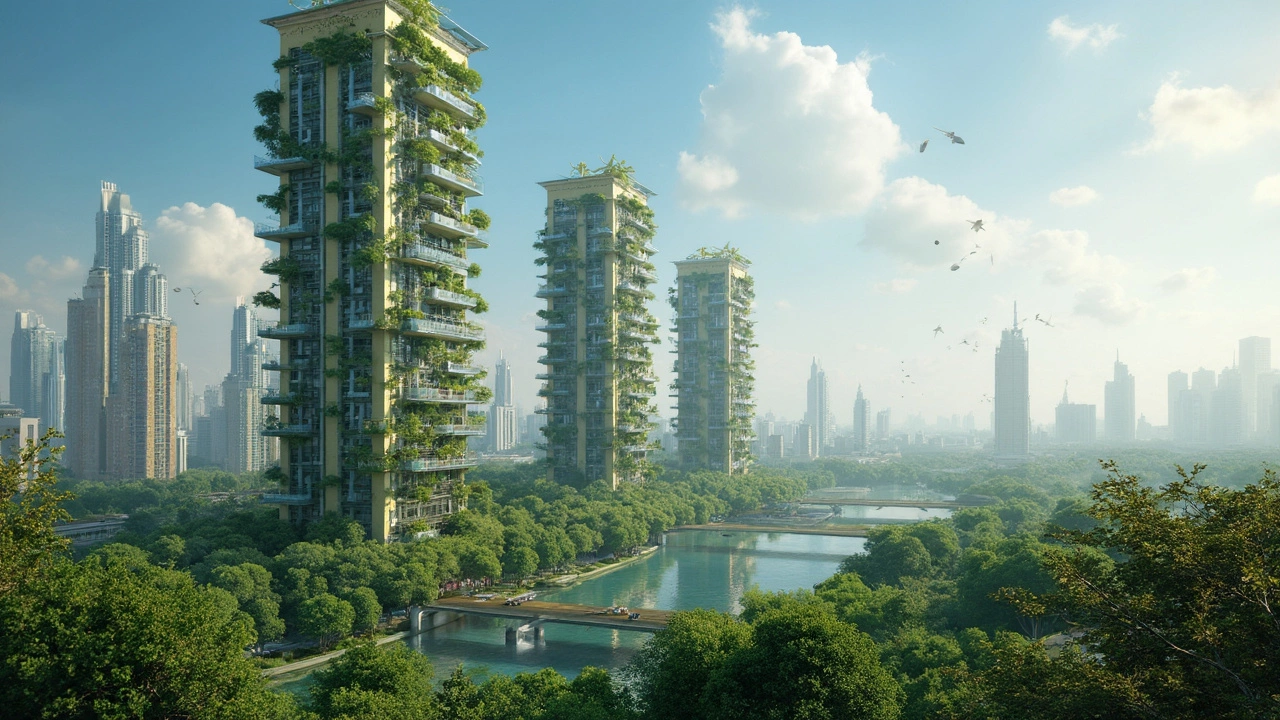Earth habitability: What makes our planet livable and how science keeps it that way
When we talk about Earth habitability, the set of conditions that allow life to thrive on our planet. It’s not just about having water or air—it’s about the balance between temperature, atmosphere, chemical cycles, and stable ecosystems that have held steady for billions of years. This balance is fragile. A few degrees warmer, a little more carbon dioxide, and the systems that keep us alive start to strain. That’s why research into climate stability, the ability of Earth’s systems to absorb changes without collapsing matters more than ever. Scientists aren’t just watching the planet—they’re fixing its broken parts.
Biosphere, the global sum of all ecosystems where life exists depends on clean air, safe water, and healthy soil. Look at public health programs that cut disease by improving sanitation, or renewable energy projects that replace coal with solar and wind. These aren’t just tech upgrades—they’re survival tools. Wind power, the cleanest energy source, reduces emissions that heat the atmosphere. Solar growth slows deforestation by cutting demand for fuelwood. Even simple interventions like smoke-free laws or clean water access directly protect human health and reduce pressure on natural systems.
And it’s not just about stopping harm. Real progress comes from understanding how systems connect. When data scientists work with nurses to track disease outbreaks, or when transfer agents help turn lab discoveries into real-world tools, they’re strengthening Earth’s resilience. Biotechnology is helping engineer crops that need less water. Public health policies are reducing pollution that harms oceans and lungs. Every breakthrough in energy, health, or data ties back to one goal: keeping Earth habitable.
You won’t find magic fixes here. But you will find real science—projects that work, people who make them happen, and the quiet, daily efforts that keep our planet alive. Below, you’ll see how researchers, engineers, and public health teams across India are tackling the biggest threats to Earth habitability—not with theory, but with action.




